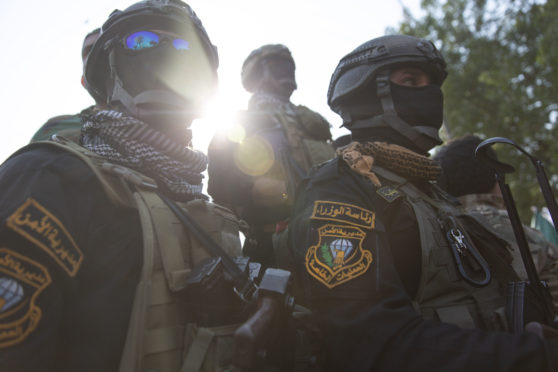
If the most famous American assassination of the 21st Century was Osama bin Laden in 2011 then Qassim Soleimani’s is without doubt the most important.
Bin Laden was a defeated and hunted man when he was killed in Pakistan.
Soleimani was a military commander in charge of wars in Yemen and Syria, not to mention in control of large parts of Iraq and Lebanon.
He was at the apex of his power – both militarily and politically.
This is a severe blow to Iranian power projection across the Middle East, and it is a direct threat to its authority across the region.
Iran’s Supreme Leader has vowed a “severe revenge” against the United States and ordered a three-day period of mourning for Soleimani.
Once that is up, thoughts will turn to what must be done next.
Clearly, Iran must respond or it will risk looking weak in the eyes of its various enemies across the Middle East, from Israel to Saudi Arabia, and, above all, to its own people.
Its population is perhaps now the regime’s greatest fear as the economy continues to tank and it faces mass protests across Iran.
But if there is one upside for the regime it is that Soleimani was a hugely popular figure in Iran.
His death brought thousands on to the streets to mourn, as well as bringing together (temporarily at least) the traditional warring factions that dominate Iranian politics.
For the moment, his death has united the country – something the leadership badly needs.
But this means it will have to deliver on its promises to avenge Soleimani, and here is where it gets tricky.
The Iranians are not stupid. They know they cannot confront the United States directly, and they cannot do anything too extreme for fear of bringing down its full military might on them.
Rather, the Iranians are likely to do what they always do: use one of their many proxy militia groups to strike a target that is big enough to save face while not enraging the Americans too much.
But it’s a dangerous game, and one that can easily escalate.
It’s clear that tensions in the Middle East are only set to increase in the coming months.
David Patrikarakos is an Associate Fellow at the School of Iranian Studies at St Andrews University

Enjoy the convenience of having The Sunday Post delivered as a digital ePaper straight to your smartphone, tablet or computer.
Subscribe for only £5.49 a month and enjoy all the benefits of the printed paper as a digital replica.
Subscribe